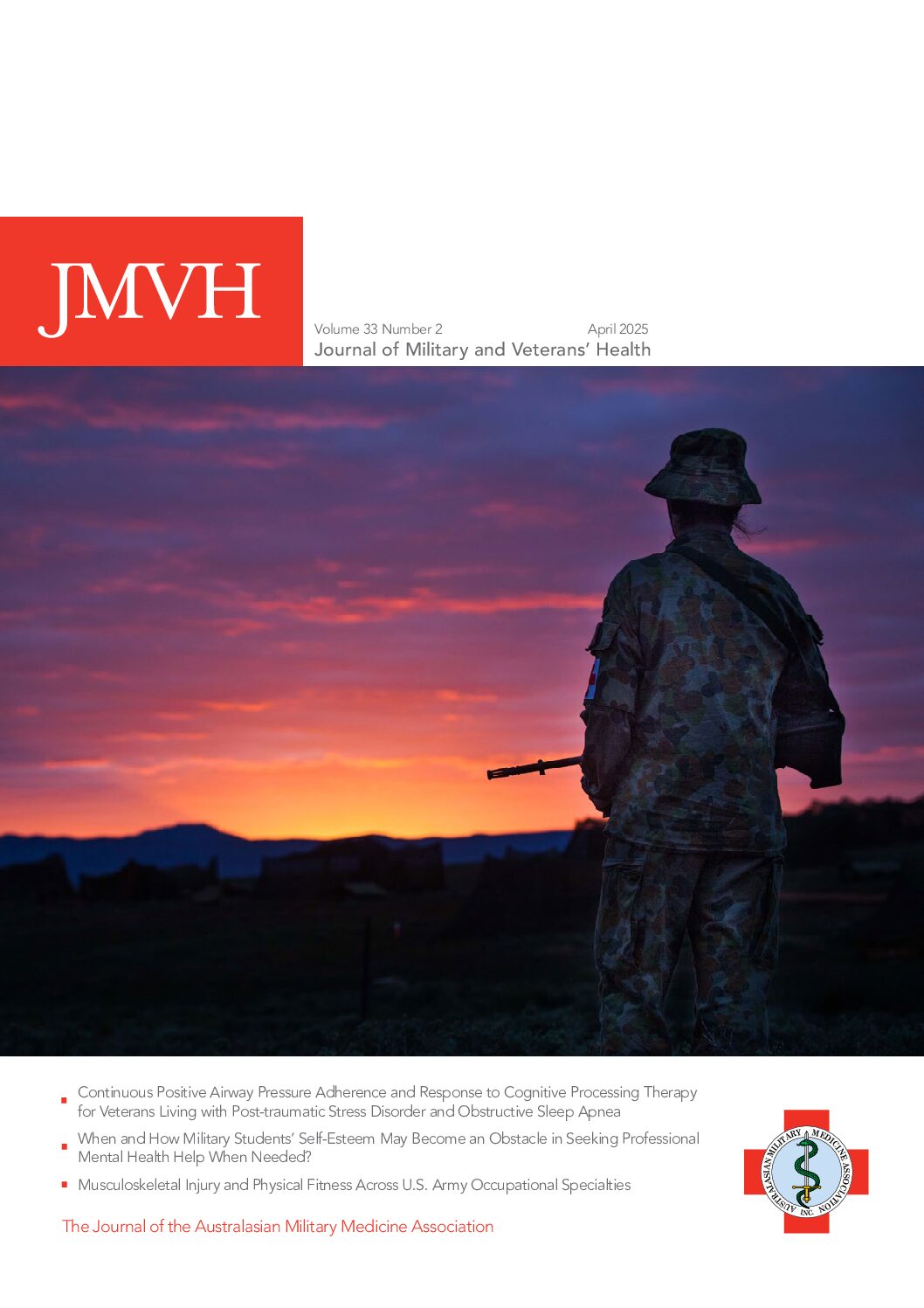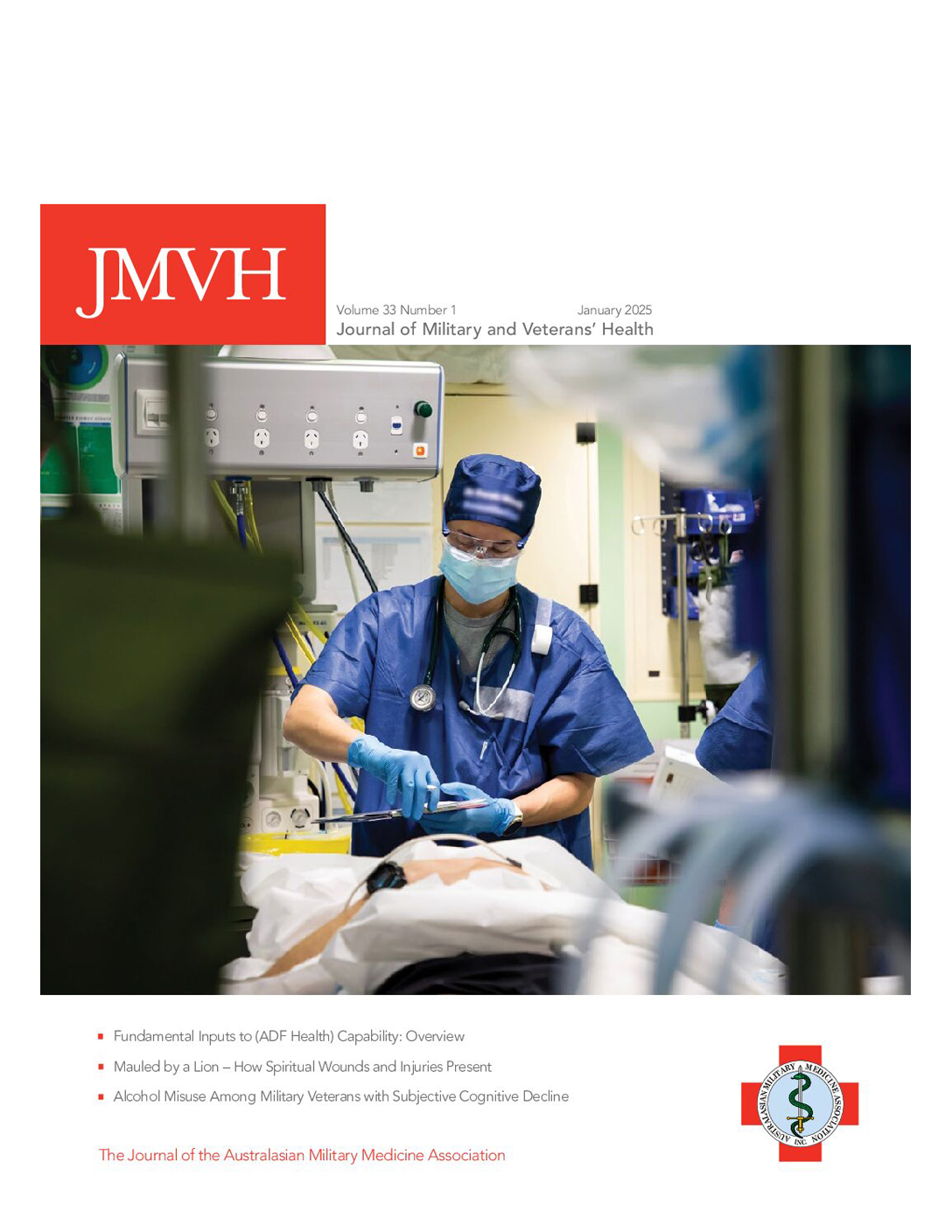The comedy/drama MASH, which concerned the lives of American army medical staff stationed just behind the front lines in the Korean War, was one of the most successful television programs of the 1970’s. During its eleven year history, it presented an enormous range of issues from the essentials of friendship and loyalty to the concerns of bigotry and the irony of war. In between, MASH provided a mirror for society’s changing attitudes, particularly by revolutionising the public’s perception of the medical fraternity.
MASH began as a novel by Richard Hooker and was produced as a cinematic feature in 1970 by Ingo Preminger. Between 1972 and 1983, 250 half hour episodes of the series were produced for television. During that period and under the direction of a variety of writers, directors and producers the program remained a consistent performer in the top twenty television programs of countries around the world1-3. It collected 14 Emmys, and the final two and a half hour special was the highest rated program of its type in American history.
Although MASH was set during the Korean war (1950-1953), it had its roots in the late 1960’s, a revolutionary period of history incorporating the ‘flower-power’, hippy era, rock and roll, student demonstrations and most notably, the Vietnam war. Traditional opinions on many subjects were being challenged during this time, notably public attitudes towards war and morality. These changes were reflected in MASH which, in many ways, was a pioneer in television production history.
Shortly after the end of the Korean War, American television was makings its first forays into the genre of medical drama. The initial result was a docudrama entitled ‘Medic’ which made a serious attempt to present medical issues to the public. It was killed by controversy in 19564. In 1961, ‘Dr. Kildare’ and ‘Ben Casey’ reached the screens and each lasted five years, to be followed in 1969 by ‘Marcus Welby M.D.’, ‘The Bold Ones’ and ‘Medical Centre’. All of these programs presented an idealised image of doctors.
They were either young, alert and handsome or older, wise and definitely genteel, but as a fraternity they were, generally; infallible combatants of illness and disease, dispensers of wisdom and justice and guardians of moral order4. MASH chose to present a far more realistic picture of the medical profession and was aided in this by the setting of the program.
Mobile Army Surgical Hospitals, the real MASH units, were a significant development of the Korean War. Combat experience established that the survival of trauma victims is inversely proportional to the time from injury to effective treatments. The introduction of helicopters reduced transport time, which was further cut by moving fully equipped surgical hospitals to just behind the front linesS-7_ Time from injury to definitive care averaged 2-4 hours in the Korean War, which dropped as low as 81 minutes during the Vietnam conflicts. The cost of moving the hospitals forward was to increase the risk to the staffing personnel and hence the stressors imposed upon them. However, it was this pressurized setting that made it possible for the MASH writers to more fully explore the limits of human response to the variety of circumstances. Although a model of ensemble acting, the central characters in MASH were Benjamin Franklin “Hawkeye” Pierce and his companion in bedevillary “Trapper” John Mcintyre (replaced in later series by B.J. Honnicutt). As protagonists, their appearance and behaviour deviated markedly from that of previous television doctors. Unshaven and frequently stained with sweat and blood, they made a mockery of any dress code. Their living and working conditions were similarly in stark contrast to the accepted television standards of the time.
One of MASH’s central themes was examining how the characters responded to being moved from their comfortable ‘Stateside’ lifestyles to be placed in the chaotic environment of a MASH unit. This was done essentially by contrasting the response of two characters, Majors Frank Burns and Margaret Hoolihan, to that typified by Hawkeye. Bums and Hoolihan maintained a strict adherence to military rules, regulations and, in anything that did not concem their relationship, codes of ethical and moral behaviour. Their dependence on the bureaucracy of the military to provide the ground rules for physical and mental survival was contrasted with Hawkeye’s irreverent overall behaviour but reliance on the basic goodness inherent in humanitarian values to guide his actions and ethical commitments. The battle between bureaucracy and humanitarianism was among many of the issues covered by MASH, as was its corollary which accepts that there are limits to individualism when survival is dependent upon team-work (for further discussion see Fass9).
Perhaps one of the best examples of a complex theme was dealt with most completely in MASH, and which is always relevant to members of the medical profession, is one which was carried by Hawkeye from the movie to the final episode. It examined Hawkeye’s ability to cope with the insanity of being stretched to the limits of professional ability and personal responsibility. In general, Hawkeye and his fellows maintained their links with sanity, in the conventional sense, by inoculation with small doses of insanity in the form of elaborate pranks and hijinks. However, this form of defence is not without its limitations.
In the movie, Hawkeye is instrumental in helping the character of Painless (the dentist) to overcome his fears of sexual impotency. Throughout the television series, it is Hawkeye who must deal with questions conceming his own worth and ability, hence his potency as a healer. An example of this occurred in the 1972-1973 season in an episode entitled ‘Sometimes You Hear the Bullet’ written by Carl Cleinschmitt. When Hawkeye was unable to save the life of an author friend and is discovered in tears by the commanding officer, Henry Blake, he is counselled with the advice that there are two rules: 1. Patients die and 2. Doctors can not change rule number one. Unfortunately, Henry’s advice is valueless in the final episode of the program (Goodbye, Farewell and Amen, 1983) when Hawkeye witnesses a mother suffocate her baby in an attempt to silence it and avoid detection when an enemy patrol approaches their stranded bus. The baby’s death devastates Hawkeye and he retreats through a process of deniaL His eventual recovery and acceptance of reality, tragic though it can be, is a slow process guided by a psychiatrist, Dr. Sidney Freidman.
In the final episode, MASH comes full circle, recapturing the sentiment of the theme song for the move, the lyrics of which did not follow the music in the transition to the small screen (see below). Essentially, life is often difficult and death and suffering raise awkward questions. In order to survive these questions doctors need to return to the roots of their profession and become, when healing fails, philosophers. It is not enough to tum away from the questions of “Why?”, some attempt at an answer must be made for the sake of the patient’s, the relative’s and the doctor’s own mental well-being.
In the end, MASH lasted three times longer than the Korean War which is depicted. In doing so, it provided a valuable medium which tempered drama with comedic relief and thus allowed the viewer to confront difficult and often dark issues without the risk of being engulfed by them. MASH also demonstrated the need for doctors to acknowledge not only their humanity and humility but also the vulnerability of that humanness.
SUICIDE IS PAINLESS
Through early morning fog I see
Visions of the things to be
The pains that are withheld for me
I realise and I can see
*That suicide is painless
It brings on many changes
And I can take or leave it
If I please
The game of life is hard to play
I’m gonna lose it anyway
The losing card of someday laid
So this is all I have to say
*chorus
The sword of time will pierce our skin
It doesn’t hurt when it begins But as it works its way on in The pain grows stronger
Watch it brim
*chorus
The only way to win is cheat And lay it down before I’m beat And to another give my seat
For that’s the only painless feat
*chorus
A brave man once requested me To answer questions that are key Is it to be or not to be
And I replied “Oh, why ask me?”
*chorus
Lyrics: Mike Altman
Music: Johnny Mandel, Chappell Music
Please specify the URL of your file





